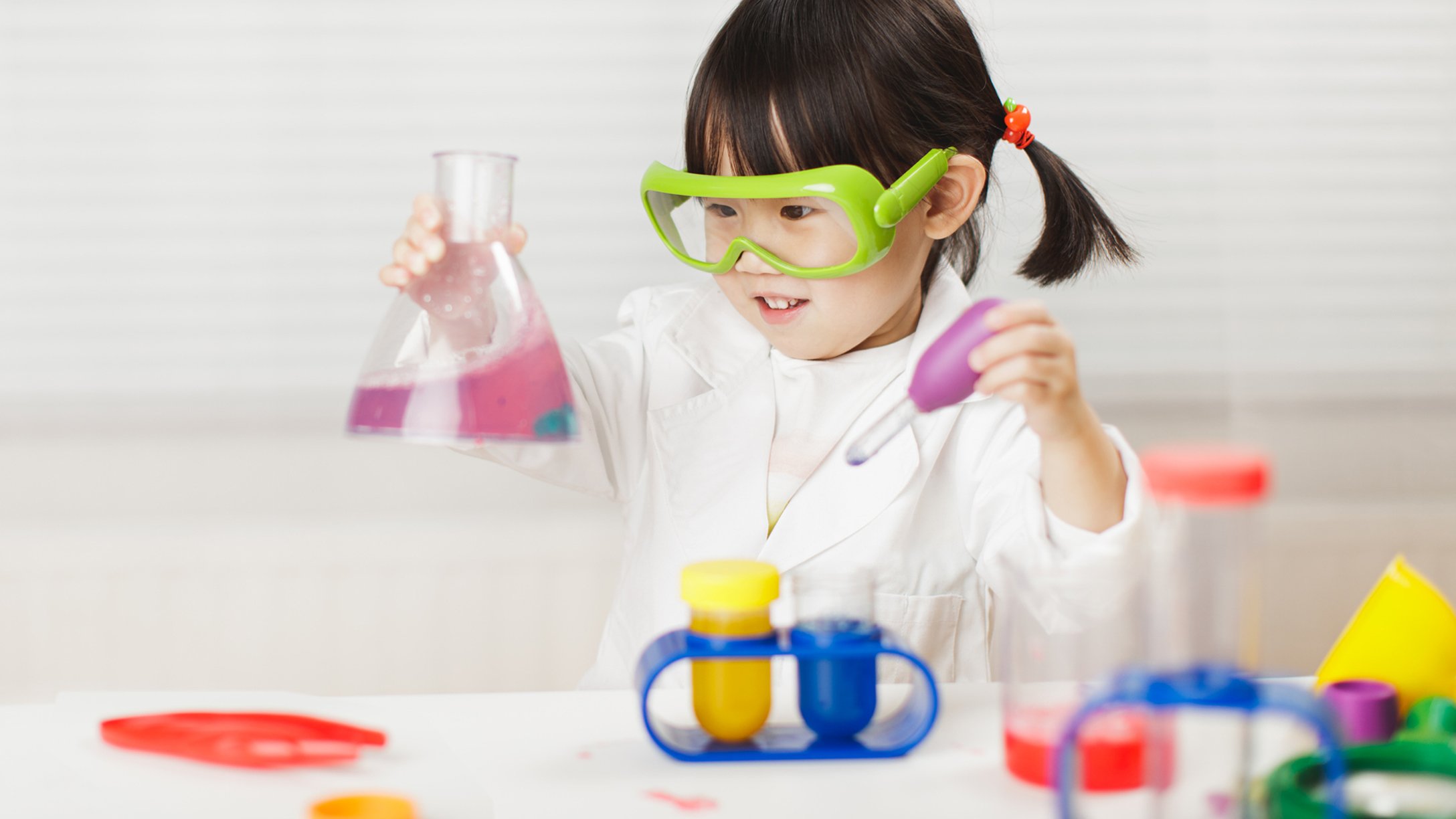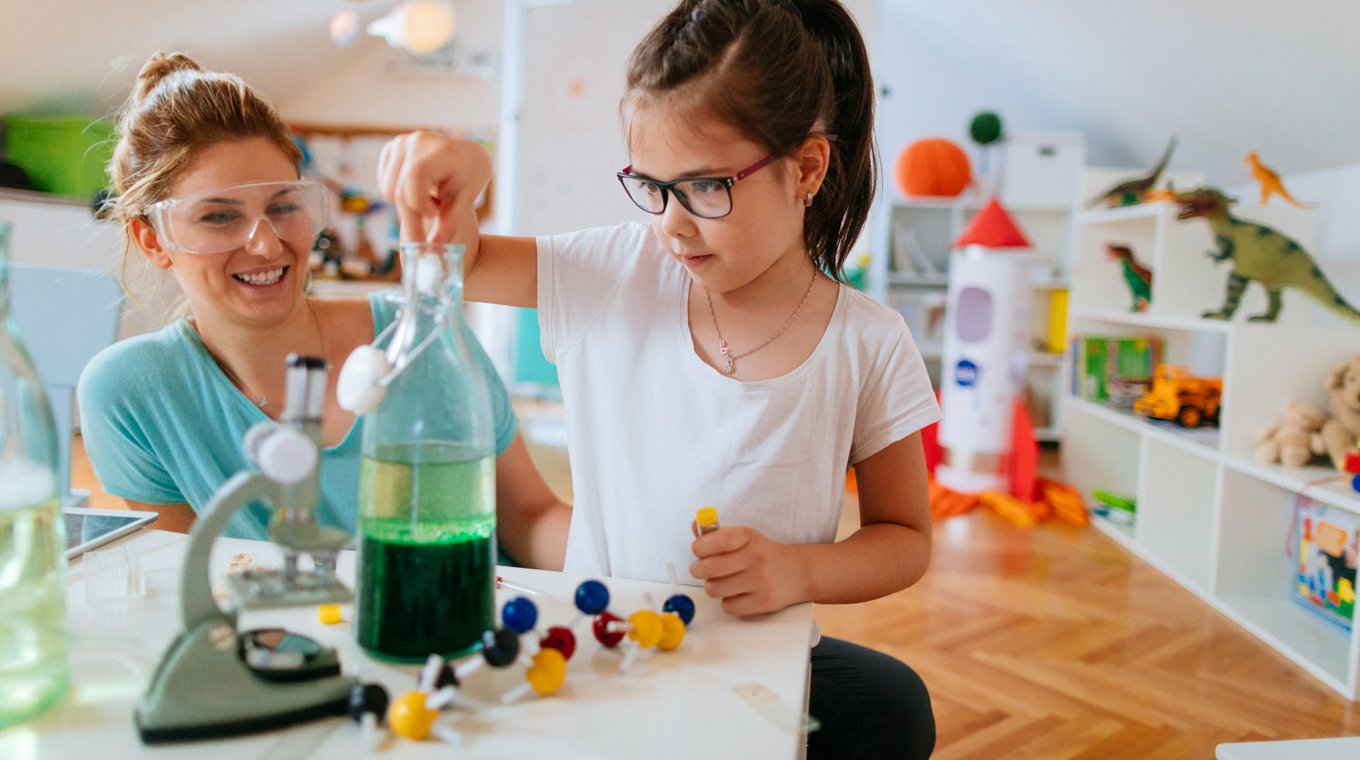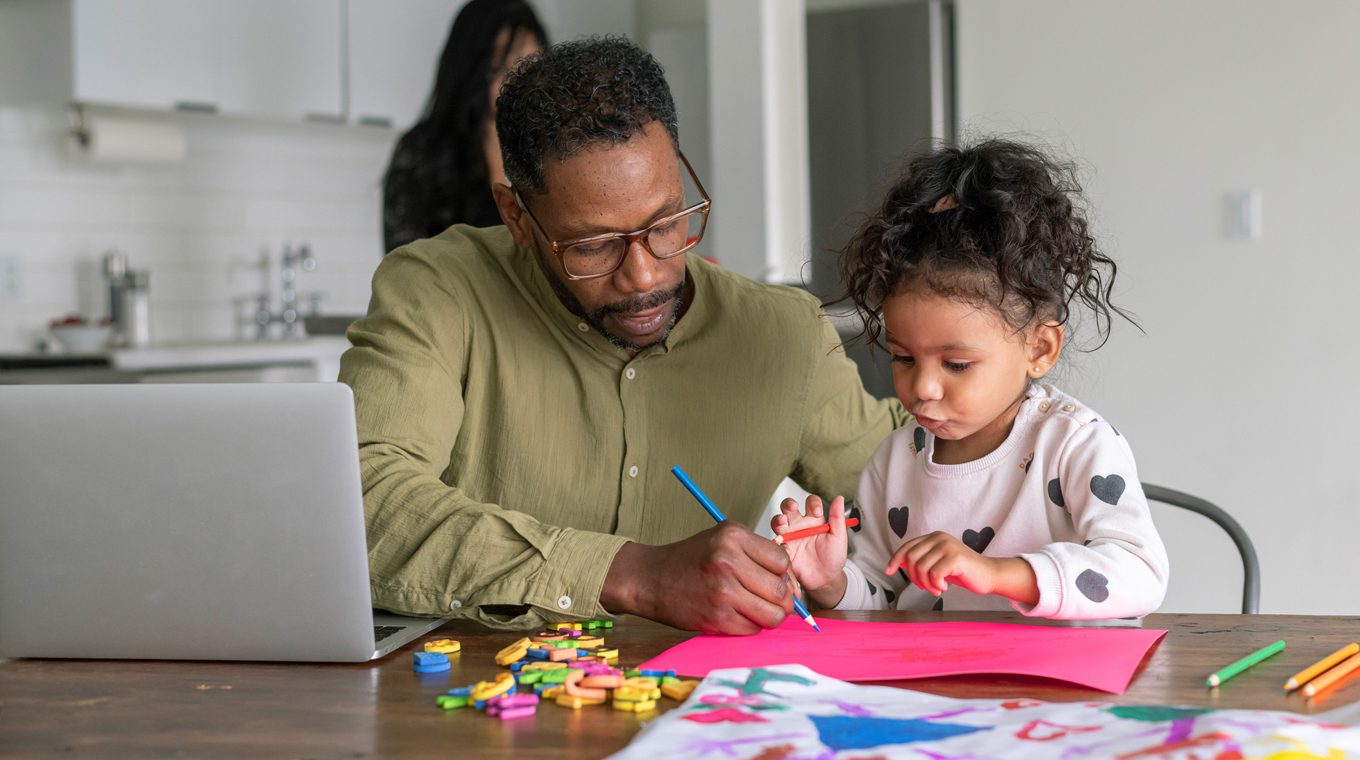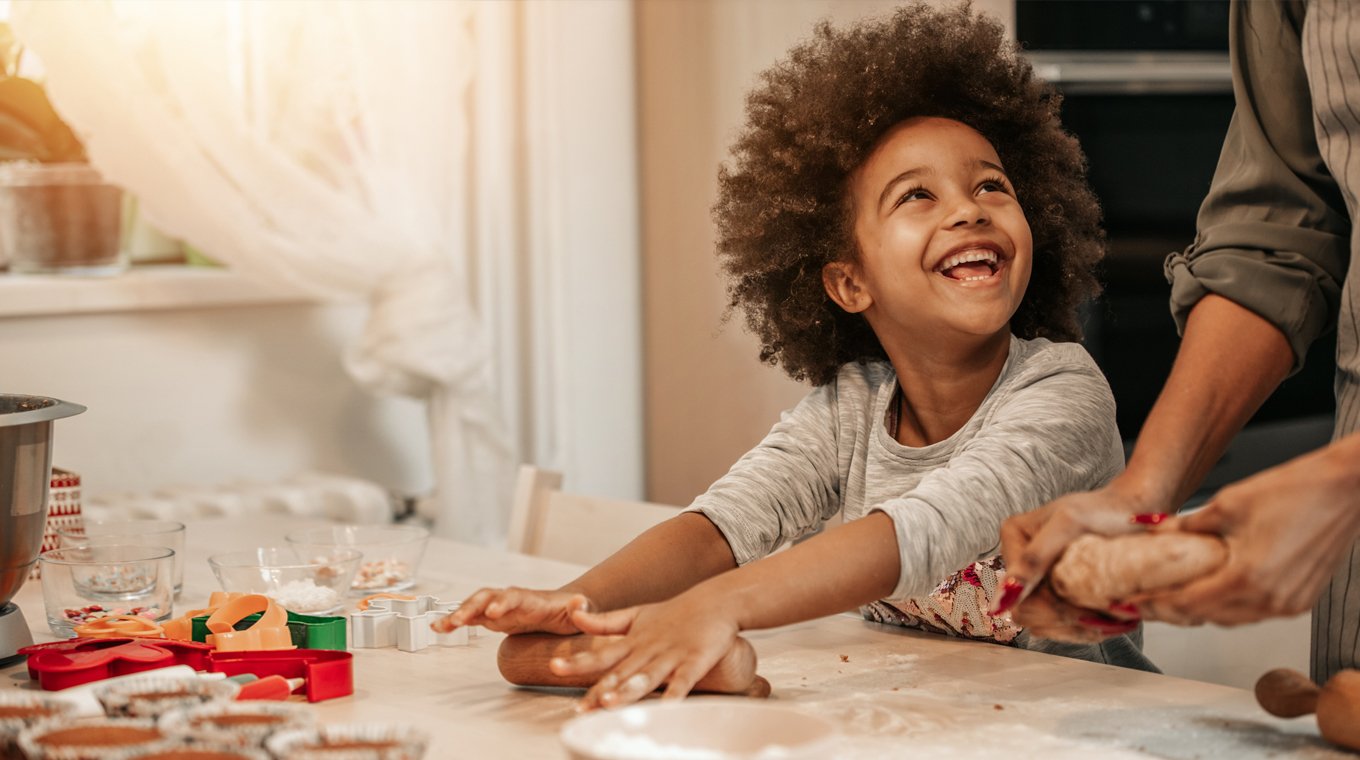
IN THIS ARTICLE
With schools being back in session, our children have stepped back into the school routine but there is a definite change-up. As a high school teacher, I have seen my students become even more comfortable with technology. With ease, they swiftly move between different applications on their laptop, and then change gears quickly when it comes to a task like creating fliers to promote their clubs.
STEAM — science, technology, engineering, art, and math — covers all of the areas that our kids can flourish in. And no need to feel intimated if you feel your own STEAM abilities are lacking — there are many simple and accessible STEAM projects that you can easily do with your younger or older ones.
Explore STEAM project-based learning with your kids

When it comes to STEAM, learning by doing is the key. And project-based learning is just that — learning by doing. The concept is as simple as having your child help you cook up a spaghetti dinner. Perhaps, they ask “How do we make spaghetti?” Then, together you and your child begin gathering ingredients, measuring each seasoning or food item, and then observing and questioning what happens to each ingredient as it cooks.
Arts Integration Specialist Susan Riley defined the three main pillars of what a STEAM education can offer. “STEAM is an educational approach to learning that uses Science, Technology, Engineering, the Arts, and Mathematics as access points for guiding student inquiry, dialogue, and critical thinking,” she told the Institute for Arts Integration and STEAM.
What are STEAM learning objectives?

With STEAM, learning can happen at any moment, and the objective is to always problem-solve. The Institute for Arts Integration and STEAM share several questions one can ask:
- What problems are being investigated?
- How are both contents being used to explore the problems?
- Why is the process important to the question posed?
STEAM by age: Activities and projects for every stage of learning

Kindergarten teachers Melissa Fine and Lindsey Desmond shared how our children already innately practice learning through inquiry. “Learning begins with a sense of wonder…[Children] begin their lives already demonstrating the skills of a scientist, observing and questioning the environment to make sense of their place in the world,” they wrote for Educator’s Voice.
Before having your child engage in any sort of crafting or science-based experiment, review the steps and items used to ensure your child's safety. Watch for any objects that could cause choking, any materials that might be hazardous, and remain with your child as they explore.
Toddlers: 1-4 years old
Build a ramp
Build a ramp out of an empty cardboard box, place an object on the ramp, then let your toddler see what slides and what doesn’t.
Plant a seed
Have your child learn about the process of plant growth by having them grow flowers from seeds. Introduce them to the concept of photosynthesis, by having them water the seed and by placing it in the right amount of sunlight.
Play the drums
Having our toddlers bang a toy drum set or press the button on an audible music book is the way for them to begin learning from music.
Niesha Hernandez, artist, educator, and mom of four shared advice on having your toddler appreciate the arts. “…the two best things that a mom can do to develop the artistic side of the brain is to role model a love of the arts and provide exposure to artist experiences,” Hernandez told Mom.com.
Bake cupcakes
Get them in the kitchen. Gretchen Bossio, blogger and mother of four, offered great advice of just having our toddlers safely in the kitchen with us. “If you’re in the kitchen, let them pull up a chair and introduce them to the chemistry of cooking,” Bossio previously told Mom.com.
Kindergarten: 5-6 years old
Salt crystals
Make beautiful heart salt crystals or classic salt crystal snowflakes. The directions are easy and your child’s curiosity will be stirred as he witnesses the crystallization process.
Cloud in a jar
What are clouds made out of? After having a bit of fun with this easy and accessible project, your kindergartner will understand how clouds come to be.
Number match
Our kids at this age can count with a pretty great sense of ease, but how about having them explore number matching. All you need is tape, poster paper, post-its, and a marker.
Elementary: 7-10 years old
Make marshmallow towers
As long as the kids do not eat the marshmallows, this building activity tends to be a winner for engagement and inquiry. With marshmallows and toothpicks, they're challenged to build a stable and tall tower.
Fizzy paint moon craft
Gather baking soda, paint, vinegar, and a few other items to make this craft come to fruition. It’s a beautiful end product, and a really fun way to observe how baking soda and vinegar react to each other.
Glow in the dark jellyfish craft
Make jellyfish out of yarn and paper bowls to see how these sea creatures naturally glow in dark waters.
Middle School: 11-13 years old
Egg drop
Have a bit of fun with an egg, straws, and a couple of other materials around the house to conduct an egg drop. Kids can see what goes into securing something fragile from breaking.
Build a Ferris Wheel
Using popsicle sticks and glue, have your kid design and develop a working Ferris Wheel. Let them explore the process of what works and what doesn’t.
Begin a flower or vegetable garden
Flower beds or vegetable gardens are two great ways to cultivate an appreciation of plant life. Have your middle schooler research the plants or vegetables that they would like to harvest. The more that they take charge of, the more they discover.




